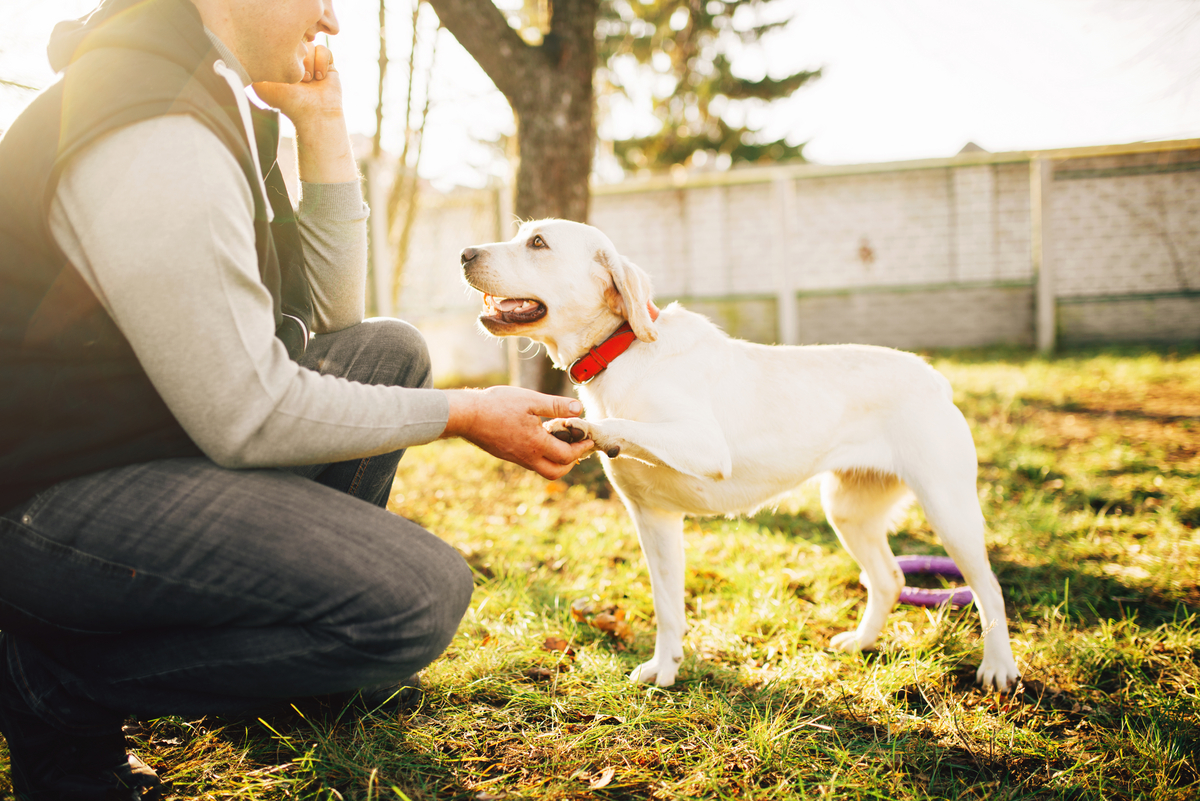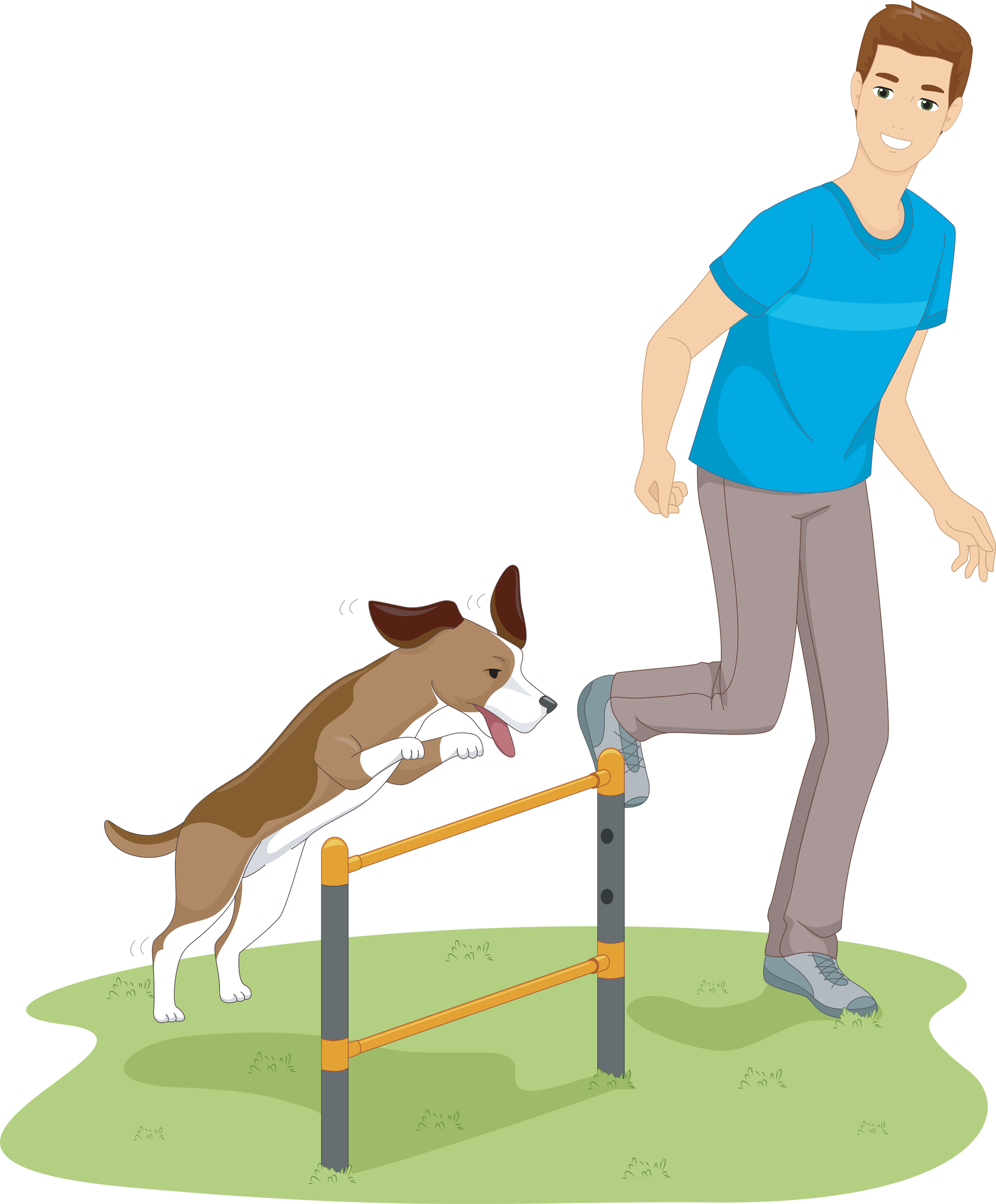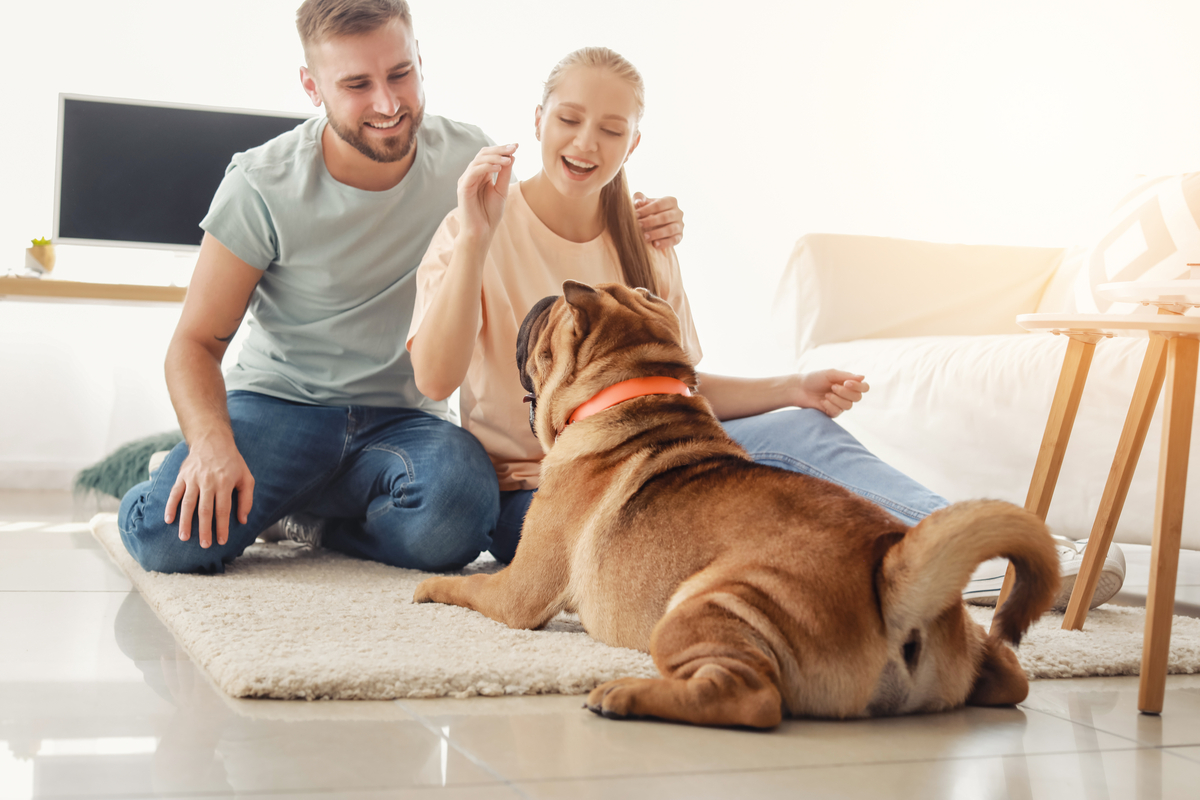Gentle Dog Training Methods: Teaching Tricks with Love
17 Steps to Use Gentle Dog Training Methods for Success

1. Embrace Positive and Gentle Reinforcement:
Utilize positive reinforcement techniques by rewarding your dog with treats, praise, or affection immediately after they exhibit the desired behavior. This strengthens the connection between the behavior and the reward, encouraging your dog to repeat the behavior in the future.
2. Identify Appropriate Rewards:
Determine what incentives your dog values most, whether it’s a favorite treat, a special toy, or a pat on the head. Tailor the rewards to suit your dog’s preferences to ensure maximum motivation.
3. Prioritize Consistency:
Dogs thrive on routine and consistency. Use the same commands and cues consistently so your dog can understand and respond correctly. Consistency prevents confusion and accelerates learning.
4. Short, Frequent Sessions:
Keep training sessions brief, around 5 to 10 minutes each, to prevent your dog from becoming bored or frustrated. Regular short sessions help maintain focus and engagement.
5. Gradual Progression:
Break down complex behaviors into smaller steps. Start with the basics and progressively increase the difficulty level as your dog becomes more comfortable with each stage. This prevents overwhelming your dog and encourages steady progress.
6. Inject Fun:
Infuse enthusiasm and playfulness into training. Incorporate games and interactive activities that both challenge and engage your dog, making the training process enjoyable for both of you.
7. Celebrate Small Wins:
Don’t wait for perfection. Praise and reward your dog for making any positive effort, even if it’s a small step toward the desired behavior. This boosts your dog’s confidence and encourages continued improvement.
8. Integrate Training:
Weave training into daily routines, such as during walks, meal times, or play sessions. This helps your dog associate training with everyday life and reinforces learning.

9. Use Hands Wisely:
Employ gentle touches and guiding motions to help your dog understand what’s expected. Avoid using physical force or harsh corrections, as this maintains a positive and trust-filled training experience.
10. Seek Professional Help:
If you’re struggling or need guidance, consult a professional dog trainer or attend training classes. Experts can offer personalized advice and address specific challenges you might face.
11. Create a Positive Environment:
Establish an environment conducive to learning by minimizing distractions and providing a comfortable space for training. This reduces stress and increases your dog’s receptiveness to training.
12. Be Patient:
Dogs learn at different paces. Practice patience and remain calm even if progress is slower than expected. Your dog will respond better to a relaxed and patient trainer.
13. Avoid Punishment:
Gentle training methods focus on positive reinforcement rather than punishment. Refrain from scolding or using aversive techniques, as these can damage the trust between you and your dog.
14. Read Your Dog’s Signals:
Pay close attention to your dog’s body language and reactions. Adjust the training pace or approach if you sense confusion, stress, or discomfort.
15. Adapt to Individual Needs:
Each dog is unique. Tailor your training techniques to suit your dog’s personality, preferences, and learning style. What works for one dog may be wrong for another.
16. Set Realistic Goals:
Define achievable goals for each training session. Breaking down larger behaviors into smaller steps allows your dog to progress steadily, maintaining motivation and building success.
17. Maintain Positivity:
Approach training with a positive mindset. Your attitude and demeanor influence your dog’s perception of the training experience. A positive atmosphere promotes effective learning and a strong bond between you and your dog.

Gentle dog training methods emphasize positive reinforcement by utilizing rewards such as treats, praise, and affection to encourage desired behaviors. Consistency is key, as short yet frequent training sessions build progress over time. Training progresses in stages, with fun and patience woven in to keep both the trainer and dog engaged. Celebrating small achievements boosts confidence, while integrating training into daily life and using gentle touches aids understanding. Seeking professional guidance when needed ensures effective learning. This approach creates a positive environment, avoids punishment, and adapts to individual needs, resulting in a strong bond and successful training experience for both the dog and the trainer.
You can find out more from The Humane Society
Leave a Reply